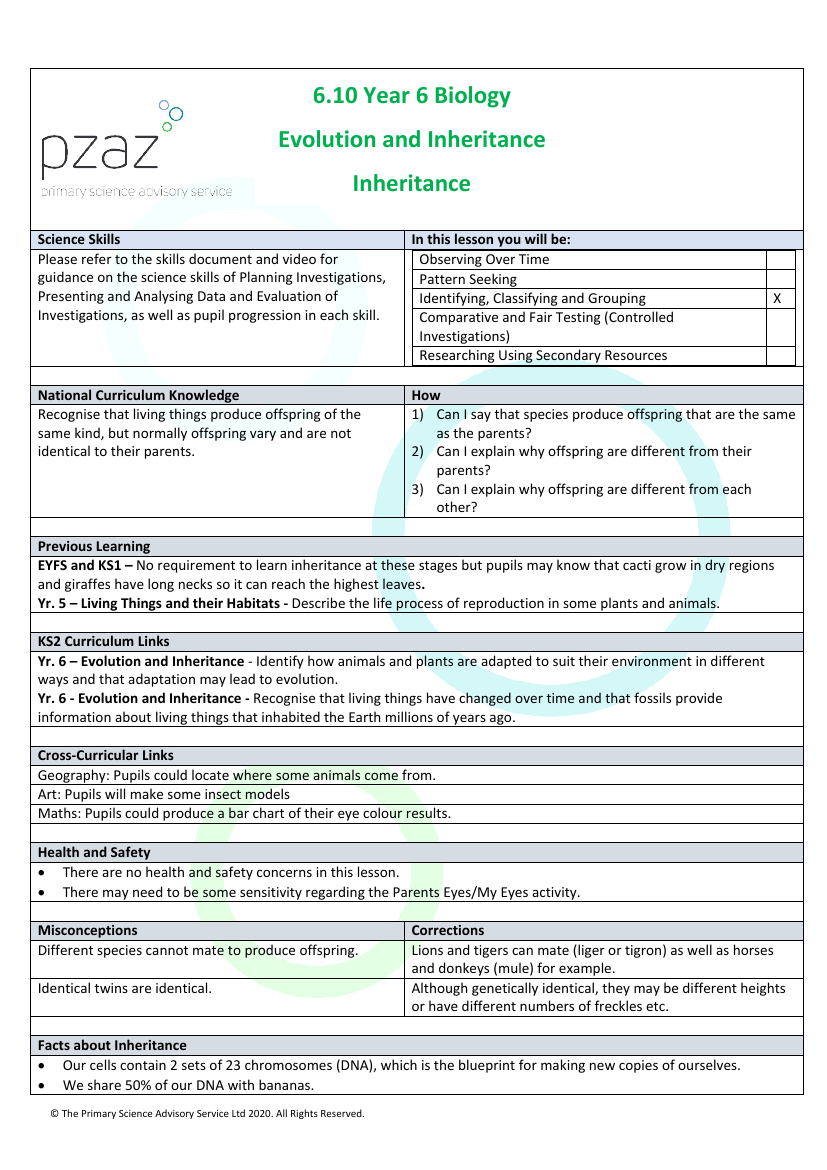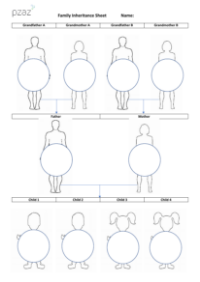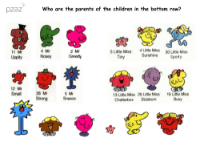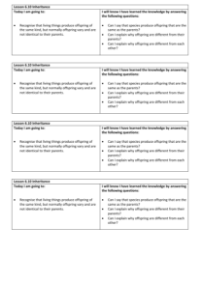Inheritance - Lesson Plan

Science Resource Description
In a comprehensive lesson plan focused on the concept of inheritance in biology, Year 6 pupils explore the fundamental principle that living organisms produce offspring similar to themselves, yet with variations. The lesson is structured around key scientific skills such as observing over time, pattern seeking, and identifying, classifying, and grouping. It aligns with the National Curriculum, which underscores the importance of recognising that offspring are not identical to their parents. The lesson builds on previous learning from earlier school years, such as understanding that giraffes have long necks to reach high leaves, and delves deeper into the intricacies of inheritance and variation. The curriculum links to the topics of evolution and inheritance, providing context on how adaptations can lead to evolutionary changes and the significance of fossils in understanding the past.
The lesson plan introduces pupils to the concept of inheritance through various engaging activities, including an eye colour comparison between parents and children, and a creative task where they design offspring for the Mr Men and Little Miss characters. The activities are designed to help students grasp that while offspring inherit characteristics from their parents, these traits can vary due to the random combination of genes. The plan also addresses common misconceptions, such as the idea that different species cannot mate to produce offspring, and that identical twins are completely identical in every aspect. By the end of the lesson, students should be able to articulate the meaning of 'characteristic' and understand the concept of variation, as well as the scientific term used to describe these differences among offspring. The lesson is rounded off with a plenary session where pupils reflect on their understanding of inheritance and the reasons behind variations among siblings.







